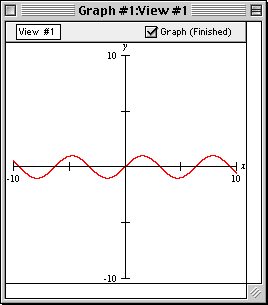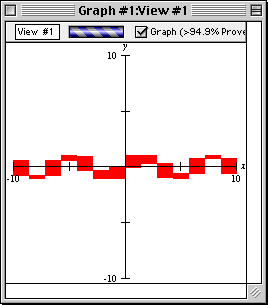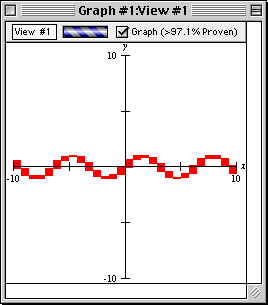A view window can be created by pressing the Create button of either the create view dialog box or the view option dialog box.
|
|

The view window consists of the following elements:
The elements of the view window are explained as follows:
The elements, from left to right, are explained as follows:
A progress report is shown in brackets; explanations of the common progress reports follow.
|

|

|

|

|
|
Following is a summary of the controls of, and the various attributes of, the view window and its view region:
|
|
|